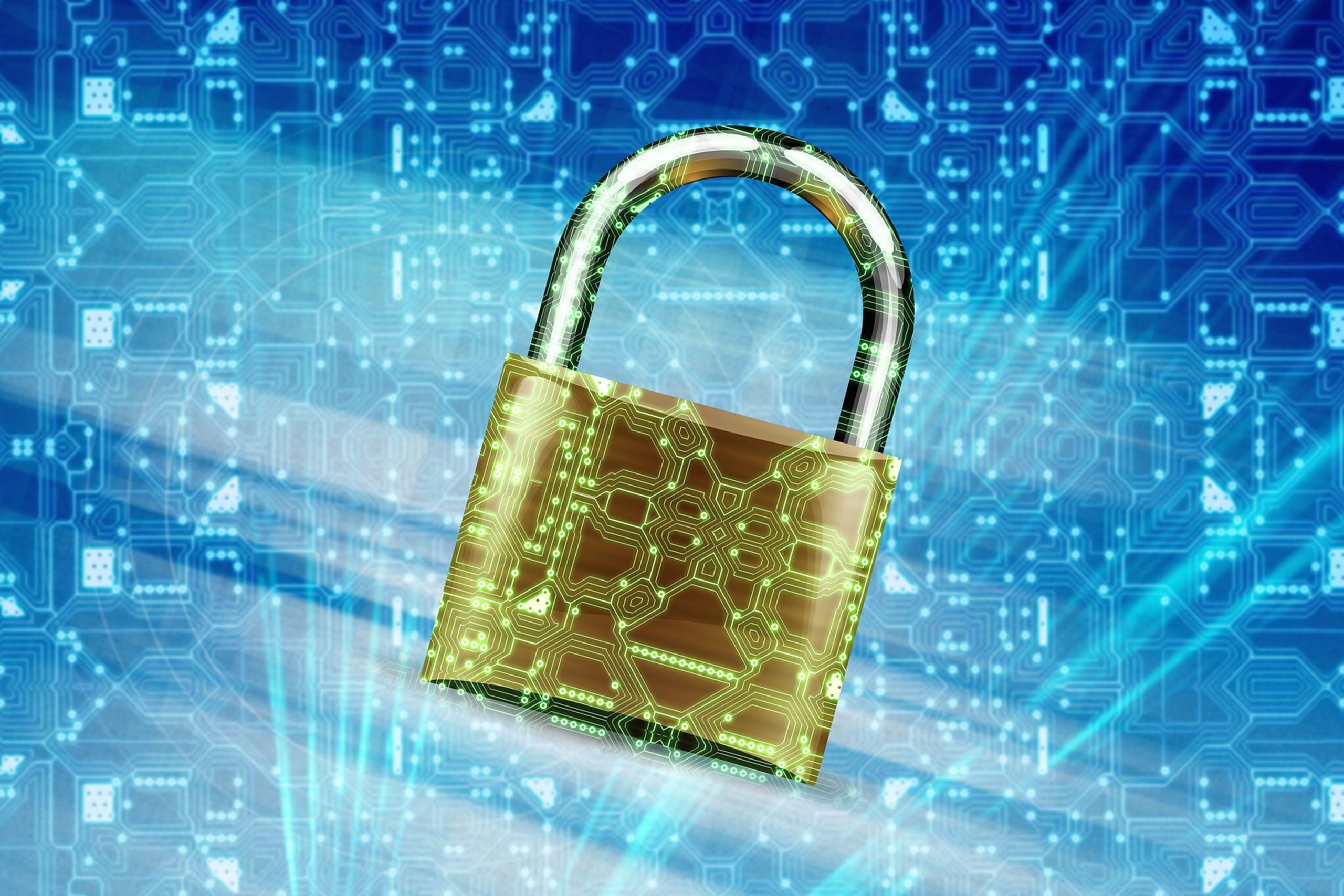Introducing new technology promises exciting advancements for any business – improved efficiency, enhanced capabilities, better customer engagement. In the UAE, a region known for its rapid digital transformation, organizations are continually adopting innovative solutions. However, amidst the drive for implementation speed and functionality, a critical aspect is often dangerously underestimated or addressed too late: cybersecurity.
Treating security as a final checkbox item before 'go-live' or solely as an operational concern after launch is a recipe for disaster. New systems inevitably expand an organization's attack surface, handle sensitive data, and create new integration points – all potential entryways for cyber threats. A security breach during or after implementation can lead to devastating consequences: data loss, operational paralysis, hefty regulatory fines (under frameworks like the UAE's PDPL), and severe reputational damage.
To truly realize the benefits of new technology safely and sustainably, cybersecurity must be woven into the fabric of the implementation process from inception through ongoing operation.
Why Cybersecurity Cannot Be an Afterthought
Integrating security from the outset ("Security by Design" or "Shift Left Security") is fundamentally more effective and cost-efficient than trying to patch vulnerabilities discovered after deployment. Addressing security flaws late in the cycle often requires significant rework, delays deployment, and may never fully mitigate the inherent risks introduced by poor initial design or configuration. Proactive security ensures resilience is built-in, not bolted on.
Cybersecurity Considerations During Implementation
Security must be an active workstream throughout the project phase:
- Secure Design & Architecture: Don't just design for functionality; design for security. Incorporate security requirements early. Conduct threat modeling to identify potential attack vectors specific to the new system and its environment. Choose technologies with strong, built-in security features.
- Thorough Vendor Security Assessment: If using third-party software, cloud services (IaaS, PaaS, SaaS), or implementation partners, rigorously vet their security posture. Review security certifications (ISO 27001, SOC 2), data processing agreements, vulnerability management practices, and ensure contractual clauses clearly define security responsibilities.
- Secure Development Practices (If Applicable): For any custom development, enforce secure coding standards (like OWASP Top 10). Implement mandatory code reviews focused on security and utilize Static/Dynamic Application Security Testing (SAST/DAST) tools throughout the development lifecycle (DevSecOps principles).
- Hardened Configurations: Ensure all components (servers, databases, applications, network devices) are configured securely according to industry best practices and internal standards before deployment. This includes disabling unnecessary services/ports, changing default credentials immediately, and implementing robust access controls.
- Data Security During Migration & Integration: Data is often most vulnerable when being moved or integrated. Encrypt sensitive data both at rest (in storage) and in transit (across networks). Secure API endpoints used for integration with strong authentication and authorization. Use data masking or anonymization techniques for sensitive data used in non-production (testing/development) environments.
- Strict Access Control for Project Teams: Apply the principle of least privilege to all project team members (developers, testers, administrators, vendors). Ensure strong authentication methods are used, credentials are managed securely, and access is revoked promptly when no longer required.
- Pre-Go-Live Security Testing: Conduct comprehensive vulnerability scanning and penetration testing on the near-final system in a staging environment that mimics production. Identify and remediate critical and high-severity vulnerabilities before exposing the system to users or the internet.
Cybersecurity Considerations After Implementation (Ongoing Vigilance)
Security doesn't end at go-live; it transitions into a continuous operational responsibility:
- Continuous Monitoring & Logging: Deploy security monitoring tools (like Security Information and Event Management - SIEM systems) to collect logs and detect potential threats across the new system and its integrations in real-time. Ensure detailed logging is enabled and logs are regularly reviewed.
- Rigorous Patch Management: Establish and adhere to a strict process for identifying, testing, and promptly deploying security patches and updates for the new application, its underlying operating system, databases, and all related dependencies.
- Robust User Access Management: Implement Multi-Factor Authentication (MFA) wherever possible. Regularly review user accounts and access permissions, adhering strictly to the principle of least privilege. Have formal processes for provisioning and de-provisioning user access promptly.
- Periodic Security Audits & Testing: Don't rely solely on initial testing. Schedule regular vulnerability assessments and penetration tests (at least annually, or more frequently for critical systems) to identify newly emerging threats or misconfigurations.
- Incident Response Readiness: Ensure the new system is fully incorporated into your organization's existing Incident Response Plan. Test response procedures specific to potential incidents involving the new technology (e.g., data breach, ransomware attack, denial of service).
- Ongoing User Awareness Training: Users are often the first line of defense. Provide continuous security awareness training relevant to the new system, covering topics like phishing awareness, strong password practices, and secure data handling specific to the application's functionality.
The UAE Cybersecurity Landscape
Organizations operating in the UAE must ensure their technology implementations and ongoing operations comply with the nation's robust cybersecurity framework. This includes adhering to standards like the UAE Information Assurance Regulation (NESAS), sector-specific regulations (e.g., from the Central Bank for financial institutions), and the Personal Data Protection Law (PDPL). Staying informed via resources from the UAE Cybersecurity Council (CSC) is also advisable. Security practices must align with these local requirements.
Conclusion: Security as a Continuous Journey
Implementing new technology securely requires a paradigm shift – viewing cybersecurity not as a single gate or hurdle, but as an essential, continuous process woven into every stage of the technology lifecycle. From secure architectural design and rigorous pre-launch testing to vigilant post-implementation monitoring, patching, and user management, a proactive and holistic approach is non-negotiable. By embedding security throughout, businesses can confidently leverage new technologies, protect critical data and operations, maintain regulatory compliance, and safeguard their reputation in an increasingly complex threat landscape.
Is cybersecurity fully integrated into your technology implementation lifecycle? Dehongi helps organizations embed security best practices from planning through operation, ensuring your technology investments are both innovative and resilient. Contact us to strengthen your security posture.
